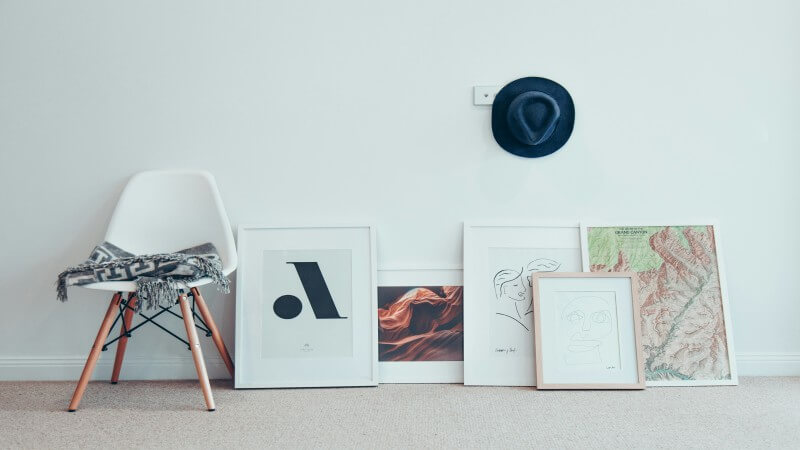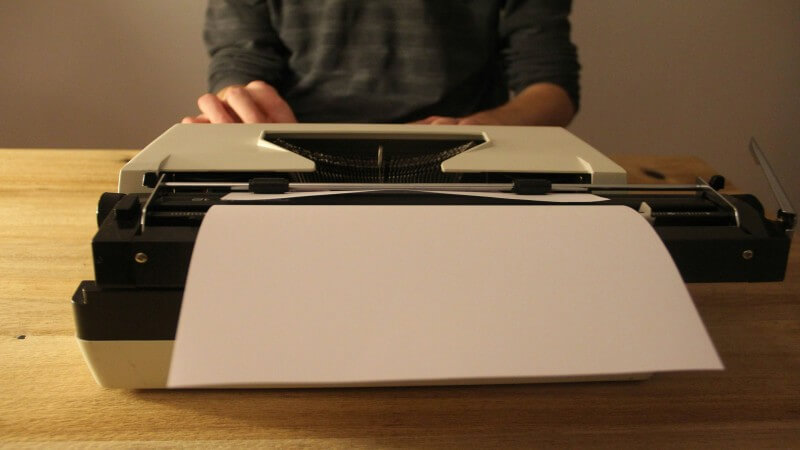
Struggling to recreate your digital masterpieces into tangible art pieces without the hefty price tag or the complexity of professional printmaking? It can feel daunting, navigating the myriad of materials and techniques on your own.
But what if you could easily turn your living space into a personal gallery, showcasing high-quality prints of your art? This guide demystifies the process, offering straightforward, budget-friendly methods to make art prints at home, empowering you to bring your artwork to life with confidence and ease.
Common Types of Art Prints Made at Home
Crafting art prints at home opens a realm of creativity and opportunity, allowing for a diverse range of artistic expressions. Among the most popular types are digital prints, which leverage technology for crisp, vibrant outputs.
Another common choice is the classic linocut print, where artists carve their designs into linoleum blocks to create stunning, hand-pressed images. This method adds a tactile, handmade charm to each piece, appealing to those who appreciate the uniqueness of traditional techniques.
Giclée prints stand out for their high-quality inkjet technology, offering longevity and color accuracy that rivals professional printing services. This type is particularly popular among photographers and digital artists aiming for gallery-quality reproductions.
Meanwhile, screen printing remains a beloved choice for its versatility and the distinctive texture it lends to artwork, ideal for clothing and fabric designs.
By understanding these common print types, creators can better navigate the vast landscape of home-based printmaking, tailoring their approach to meet both aesthetic preferences and market demands.

The Advantages of Making Art Prints at Home
Making art prints at home offers unparalleled control over the creative and production process, a significant advantage for entrepreneurs and creators aiming to stand out in a crowded market.
The ability to produce prints on demand means reducing inventory risks and costs, enabling a more sustainable approach to business.Additionally, home printing fosters a direct connection with the artwork, ensuring each piece meets the creator's standards for quality and authenticity. This hands-on process can enhance the value of the artwork, making each print a unique piece that resonates with customers seeking originality.
For brands, artists, and designers, this can translate into a stronger brand identity and customer loyalty, as consumers increasingly value products with a personal touch and story behind them.
5 Easy Steps to Make Your Own Art Prints at Home in 2025
Creating art prints at home in 2025 is easier than ever with these five simple steps, designed to guide entrepreneurs, artists, and creators of all backgrounds through the process of turning their artistic visions into tangible art pieces.
Select Your Artwork
Choose a design that resonates with your style or that of your target audience. High-resolution images are key for a crisp final print.
Choose the Right Materials
Invest in quality printing paper and inks suited to your artwork's needs. The choice of material can greatly affect the appearance and longevity of your prints.
Set Up Your Printer
Ensure your printer settings are optimized for art prints. This might include adjusting color profiles and selecting the correct paper type.
Test Print
Always do a test run on a smaller piece of paper to check colors, resolution, and overall layout. This step saves time and resources in the long run.
Final Printing and Presentation
Once satisfied, print your artwork. Consider adding finishing touches like matting or framing to enhance the presentation of your prints.
These steps, straightforward yet essential, empower you to produce high-quality art prints from the comfort of your home, catering to a wide audience looking to personalize their space or offer unique products in their businesses.
Making Art Prints at Home with Your Own Printer
Making art prints at home with your own printer unlocks a world of creative control and flexibility, especially for entrepreneurs and artists looking to produce their work on demand. This process allows for immediate experimentation with colors, sizes, and materials, enabling creators to achieve the exact look and feel they desire for their artwork.
By managing the print production process in-house, artists can ensure each piece meets their high standards and reflects their true artistic vision, without the constraints of third-party production schedules or limitations.
Moreover, having the capability to print art at home offers significant cost advantages, particularly for small businesses and independent artists. It eliminates the need for large minimum orders typically required by professional print shops, thereby reducing upfront costs and inventory risks.

Best Printer for Artwork at Home
In the realm of at-home art print creation, the quest for the ideal printer is pivotal. Modern inkjet printers, renowned for their superior color fidelity and ability to accommodate diverse media types, stand at the forefront.
Brands like Epson and Canon lead the market, offering devices that not only excel in reproducing the vast spectrum of artists' designs but also in durability of prints. Such printers come equipped with technologies geared towards achieving prints that are not only visually stunning but are also built to last, ensuring that artists, designers, and entrepreneurs can produce work that truly stands the test of time.
By investing in a reliable, high-quality printer, creators not only elevate the presentation of their art but also enhance the perceived value of their work, making it more appealing to potential buyers and collectors.
Making Art Prints at Home Vs Making Art Prints with a Printing Company
Creating art prints at home offers unparalleled freedom and flexibility, allowing creators to experiment and produce on their own terms. This DIY approach is particularly beneficial for those who value the immediacy of seeing their work in physical form without waiting for external print companies.
It's ideal for artists who enjoy being involved in every step of the creation process, offering personal satisfaction and a deep connection with each piece produced.
On the flip side, partnering with a professional printing company can elevate the quality of art prints to a commercial standard, ensuring consistency, durability, and a wide range of materials and sizes beyond the capabilities of most home setups.
Each approach has its merits, and the choice largely depends on the creator's goals, volume of production, and desired level of control over the printing process.
How to Sell Art Prints Made at Home?
Selling art prints made at home can be a fulfilling way to reach a broader audience and monetize your creativity. Start by building an online presence through platforms tailored to artists and creators, where you can showcase your portfolio and connect with potential buyers. Utilize social media to share your story, process, and finished pieces, creating a personal brand that resonates with your target audience.
Additionally, consider setting up an e-commerce website or partnering with print-on-demand services to streamline the sales process, allowing you to focus on creating while handling production and shipping efficiently.

Conclusion
Crafting art prints at home opens a gateway to creativity and entrepreneurial spirit, allowing artists and small business owners alike to produce and market their artwork with a personal touch. This approach not only enhances the connection between creators and their audience but also offers a flexible and cost-effective solution to traditional printmaking methods.
As we look towards the future, the potential for home-made art prints continues to grow, fueled by technological advancements and an ever-expanding digital marketplace. Embracing these opportunities can lead to remarkable outcomes for artists, designers, and entrepreneurs ready to explore new horizons in the art world.
FAQs
Why is art print made at home so expensive?
Art prints made at home can seem expensive due to the high-quality materials and advanced printers required for professional results, ensuring durability and color accuracy of each piece.
Do you need a special printer for art prints at home?
For optimal results in making art prints at home, using a high-quality inkjet or giclée printer is recommended to achieve professional-grade color accuracy and detail.
Is selling art prints made at home profitable?
Selling art prints made at home can be profitable, leveraging the right marketing strategies and platforms to reach a wider audience interested in unique, personal creations.
How do you make your art prints at home?
To make art prints at home, choose high-quality images and materials, use a suitable printer for the artwork, and fine-tune your printer settings for optimal results, ensuring professional-grade prints.










 Global Shipping
Global Shipping





























